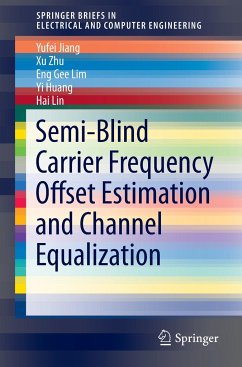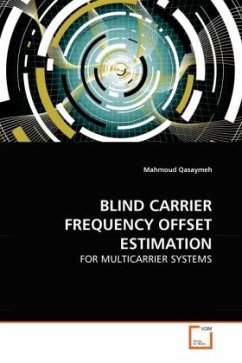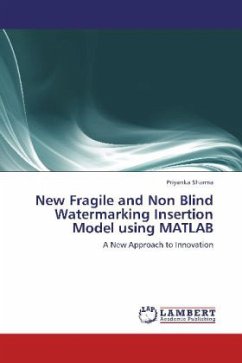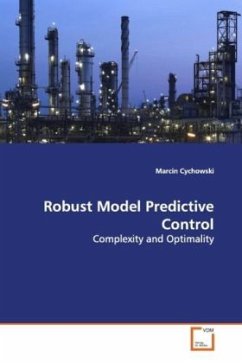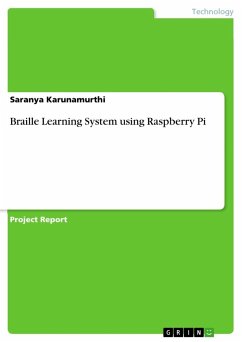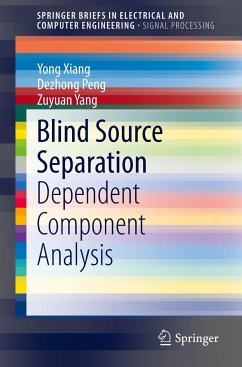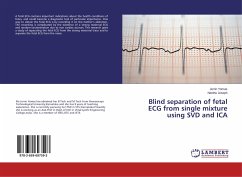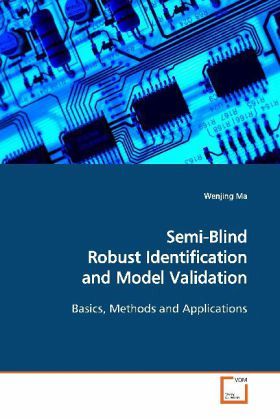
Semi-Blind Robust Identification and Model Validation
Basics, Methods and Applications
Versandkostenfrei!
Versandfertig in 6-10 Tagen
32,99 €
inkl. MwSt.

PAYBACK Punkte
16 °P sammeln!
We study a semi-blind robust identificationmotivated from the fact that sometimes only partialinput data is exactly known. Derived from atime-domain algorithm for robust identification, thissemi-blind robust identificationis stated as a non convex problem. We develop aconvex relaxation, by combining two variables into anew variable, to reduce it to an LMI optimizationproblem. Applying this convex relaxation, amacro-economy modeling problem can be solved. Theproblem of identification of Wiener Systems, aspecial type of nonlinear systems, is analyzed from aset-membership standpoint. We propose a...
We study a semi-blind robust identification
motivated from the fact that sometimes only partial
input data is exactly known. Derived from a
time-domain algorithm for robust identification, this
semi-blind robust identification
is stated as a non convex problem. We develop a
convex relaxation, by combining two variables into a
new variable, to reduce it to an LMI optimization
problem. Applying this convex relaxation, a
macro-economy modeling problem can be solved. The
problem of identification of Wiener Systems, a
special type of nonlinear systems, is analyzed from a
set-membership standpoint. We propose an algorithm
for time-domain based identification by pursuing a
risk-adjusted approach to reduce it to a convex
optimization problem. An arising non-trivial problem
in computer vision, tracking a human in a sequence of
frames, can be solved by modeling the plant as
Wiener system using the proposed identification
method. The book can serve as a reference for
financial engineers and finance-oriented
professionals in macro-economics and a textbook for
graduate courses on robust control theory and
macro-economics.
motivated from the fact that sometimes only partial
input data is exactly known. Derived from a
time-domain algorithm for robust identification, this
semi-blind robust identification
is stated as a non convex problem. We develop a
convex relaxation, by combining two variables into a
new variable, to reduce it to an LMI optimization
problem. Applying this convex relaxation, a
macro-economy modeling problem can be solved. The
problem of identification of Wiener Systems, a
special type of nonlinear systems, is analyzed from a
set-membership standpoint. We propose an algorithm
for time-domain based identification by pursuing a
risk-adjusted approach to reduce it to a convex
optimization problem. An arising non-trivial problem
in computer vision, tracking a human in a sequence of
frames, can be solved by modeling the plant as
Wiener system using the proposed identification
method. The book can serve as a reference for
financial engineers and finance-oriented
professionals in macro-economics and a textbook for
graduate courses on robust control theory and
macro-economics.



